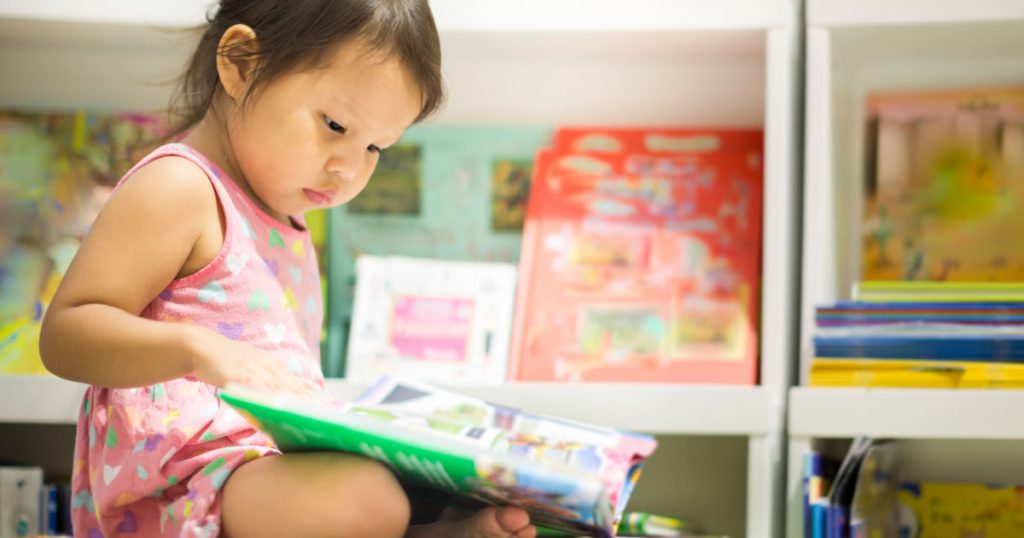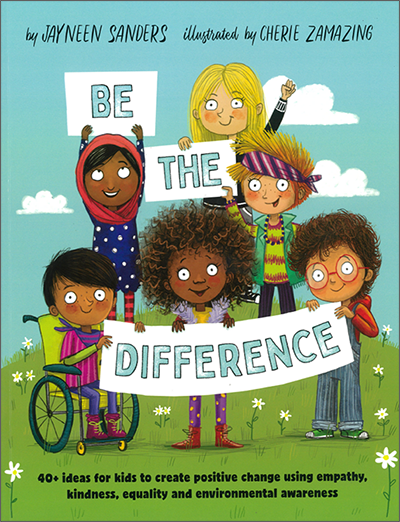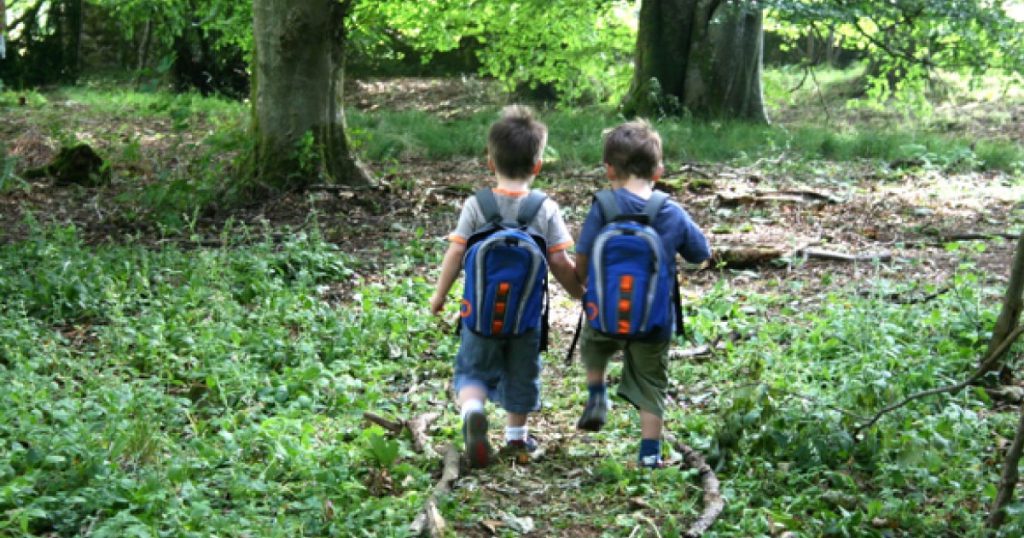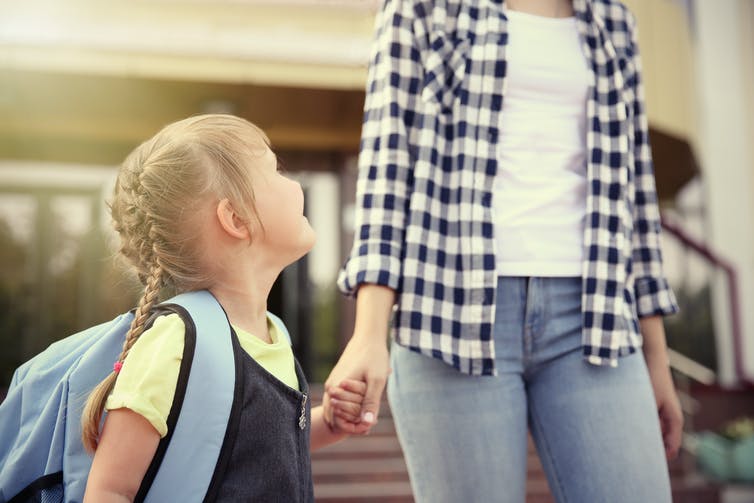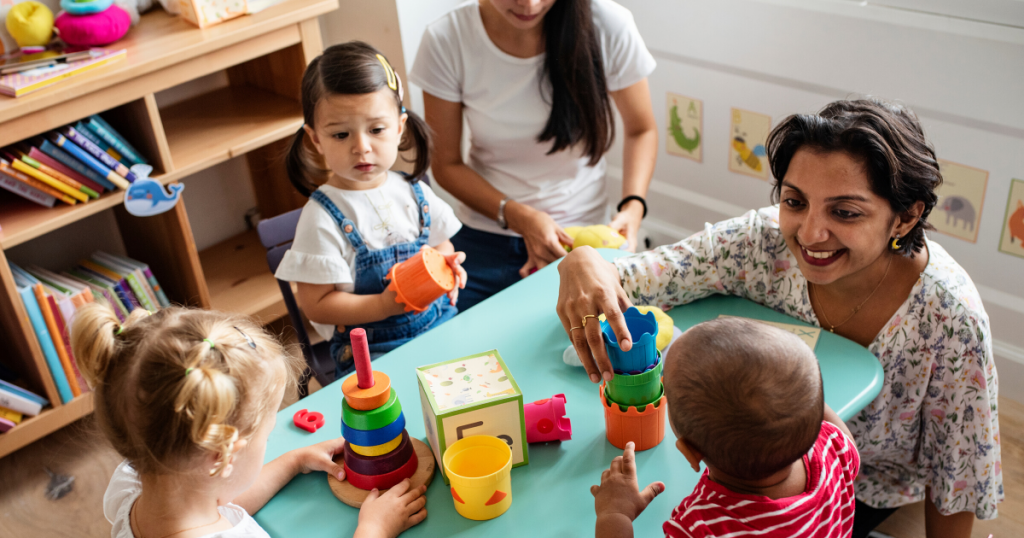This week has been Book Week. A time to celebrate great books and to focus on this year’s theme of Curious Creatures, Wild Minds. Book Week is a time to recognise the important work of authors and illustrators and a time to highlight the work of Australian story tellers.
For some educators it might also be a time for dressing up—dressing as your favourite character in a book, for sharing books children bring from home and celebrating literary adventures (we hear there are more than a few ‘bear hunts’ going on this week!).
However, this week should also be a time to reflect—a time to consider the diversity of books in your collection, and to explore the messages the books present and a time to focus on our literacy practices over the whole year (not just this week).
Work by Associate Professor Helen Caple and Dr Ping Tian highlight this (in the blog below). Their analysis of award winning children’s books in Australia found a staggering representational dominance– over the last 20 years non-white people made up just 12% of main characters. This week as we explore book week lets have the fun and celebrate great books, but lets also take time to seek quality in all aspects, to reflect on what we share with children and pay special attention to how we consider representation and diversity.
—ECA

A highlight for Australian children’s literature is the announcements of the Children’s Book Council of Australia (CBCA) Book of the Year award winners. This year’s winners were announced on Friday October 16—right before the start of CBCA’s Book Week on October 19.
Making the shortlist brings great exposure for the books and their creators. The shortlisted books are put on special display in public school libraries and supermarket shelves. They are even made into teaching resources, suggesting an exploration of the book’s themes, for instance.
Crucially, award lists contribute to the “canon” of literary works that become widely read. This canon is distributed through libraries, schools and homes. Sometimes, benevolent relatives give them as gifts.
We investigated the diversity — including ethnicity, gender and sexuality — of the 118 shortlisted books in the early childhood category of Book of the Year between 2001 and 2020. We also examined diversity among the 103 authors and illustrators who have made the shortlist over the past 20 years.
Why diversity matters
The CBCA was formed in 1945, as a national not-for-profit organisation promoting children’s literary experiences and supporting Australian writers and illustrators. The first awards began in 1946.
There were originally three categories for Book of the Year: older readers, younger readers and picture book.
In 2001, “early childhood” was added as a category. This was for picture books for children up to six years old.
Picture books are significant for not only developing early literacy skills, but also for the messages and values they convey about society. They help children learn about their world.
The diversity children see represented in that world affects their sense of belonging and inclusion. At this age, cultural values and bias settle in and become the foundation for how we develop. These values and biases have a profound influence on our successes and struggles in our adult lives.
A positive for gender diversity, but not ethnicity
We used visual content analysis to examine ethnic diversity, we well as gender, disability, sexuality and linguistic variation in the 118 early childhood category shortlisted books — between 2001 and 2020.
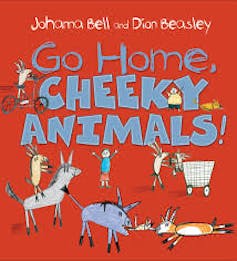
We also examined diversity among the 103 authors and illustrators who have made the shortlist over the past 20 years. Only one person — Alywarr illustrator Dion Beasley, from the Northern Territory, and winner in 2017 for Go Home Cheeky Animals — identifies as Indigenous.
Female authors and illustrators, however, were more represented (66%) than male (34%).
Looking at the picture books, we first identified four major types of characters: human (52.5%), animal (41.5%), object (4.4%) and imaginary (1.4%).
We then distinguished between main characters and those in supporting roles that make up the story world in which the main characters act.
One of the most encouraging findings was the gender parity among main characters. We identified 52 solo human main characters across all 118 books. Fifty-one of these are children, with 25 boy and 24 girl main characters (two main characters were not identified by gender).
This placed boys and girls equally in the role of the protagonist, which stands in contrast to previous research looking at best-selling picture books.
But in terms of ethnicity, the human main characters are overwhelmingly white (88%). There are just two Indigenous main characters and one who is multiracial. There have been no Asian, Black or Middle Eastern main characters.
Looking at the wider story world, supporting characters are still overwhelmingly white. But this world does marginally include characters of Asian, Black and Middle Eastern heritage. Overall, human characters appear in 85 (72%) of the 118 books.
White characters appear in 74 of these books, and only nine books have no white characters. Non-white characters appear in a total of 18 books (21%).
Our results for ethnic diversity don’t correlate well with the latest Australian census data (from 2016). The cultural heritage of Australia’s population is described as: 76.8% white, 10% East and Southeast Asian, 4.6% South Asian, 3.1% West Asian and Arabic, 2.8% Aboriginal and Torres Strait Islander, 1.5% Maori and Pacific Islander, 0.7% African, 0.6% Latin American.
The 2020 Early Childhood Book of the Year shortlist.
The CBCA early childhood shortlist minimally represents other forms of diversity. We see only two main characters living with a disability and no characters who are sexually and gender diverse.
Other types of diversity
Linguistic variation is also minimal, in only four books, which does not reflect the linguistic diversity of the wider Australian population.
In response to our queries regarding their judging criteria, the CBCA said:
we do not select books for entry into our awards. It is the publishers and creators who select the books for entry. Our main criterion is literary merit, we do not actively exclude diversity, themes or genre.
Only two of the six 2020 shortlisted books in the early childhood category have human main characters. And these are both white.
The age of zero to six years is a crucial stage of development. It is important for young readers to see people and surroundings that are like their own to cultivate a sense of belonging. It is equally important to see a different world they are not familiar with.
If award-winning books sit at the top of reading lists, these books also need to embrace and reflect the full and rich diversity that makes up our country.
This article was originally published on The Conversation, read it here.
Authors:
Helen Caple, Associate Professor, UNSW
Ping Tian, Lecturer , University o
f Sydney
ECA Recommends
Be the Difference: 40+ ideas for kids to create positive change using empathy, kindness, equality and environmental awareness
By Jayneen Sanders
Encouraging a mindset of giving and being part of positive change when a child is young, benefits both the child and their future. The aim of this book is to introduce kids to the many positive things they can do, both personally and collectively to make this world a kinder and more caring place. This book can be read over a number of sessions by children or to children by parents and caregivers, or integrated into a classroom setting. There are also further discussion questions/ideas included at the back of the book. Purchase your copy on the ECA Shop here.
